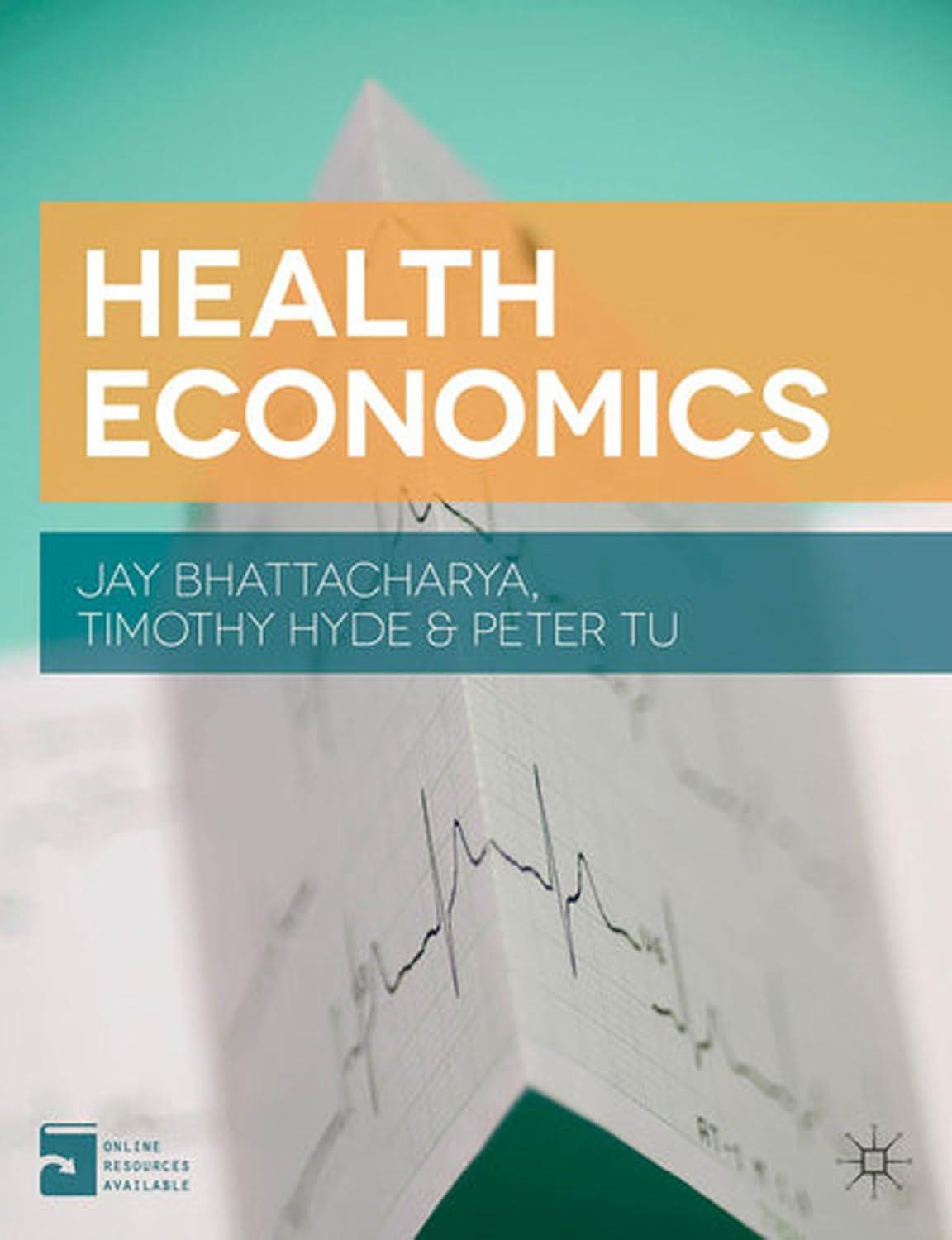Suppose a new and terrifying disease called bhtitis has been created in amad scientists laboratory. In a
Question:
Suppose a new and terrifying disease called bhtitis has been created in amad scientist’s laboratory. In a recently released study, medical researchers determined that the average Pcorian adult has a 0.1% chance of catching bhtitis in the coming year. Suppose all Pcorians have the utility function U = √I where I = $100 if the Pcorian is well and I = $0 if the Pcorian catches bhtitis.
a. An old man hears a brief news item about the research study on the radio, and learns he has a 0.1% chance of catching bhtitis this year. What is his expected utility without insurance?
b. The old man is offered an insurance contract that has a premium of $1 but pays out $100 if the man comes down with bhtitis this year. Will he take the contract,
according to expected utility theory?
c. The old man’s neighbor also hears about the study, but in a slightly different context. He watches a documentary about the creation of bhtitis and its ghastly symptoms. It features interviews with disfigured victims and talks about the specter of new synthetic diseases. At the end of the documentary, the scientists’ finding is mentioned. The neighbor is then offered the same contract and accepts it. Explain this discrepancy with expected utility theory using the principles of prospect theory.
d. A third man hears the same news report the first man heard, but due to static on the airwaves he mishears the probability as 1%. Will he buy the same insurance contract if he is an expected-utility maximizer? What about if he shares the tendency to overweight small probabilities?
Step by Step Answer:






